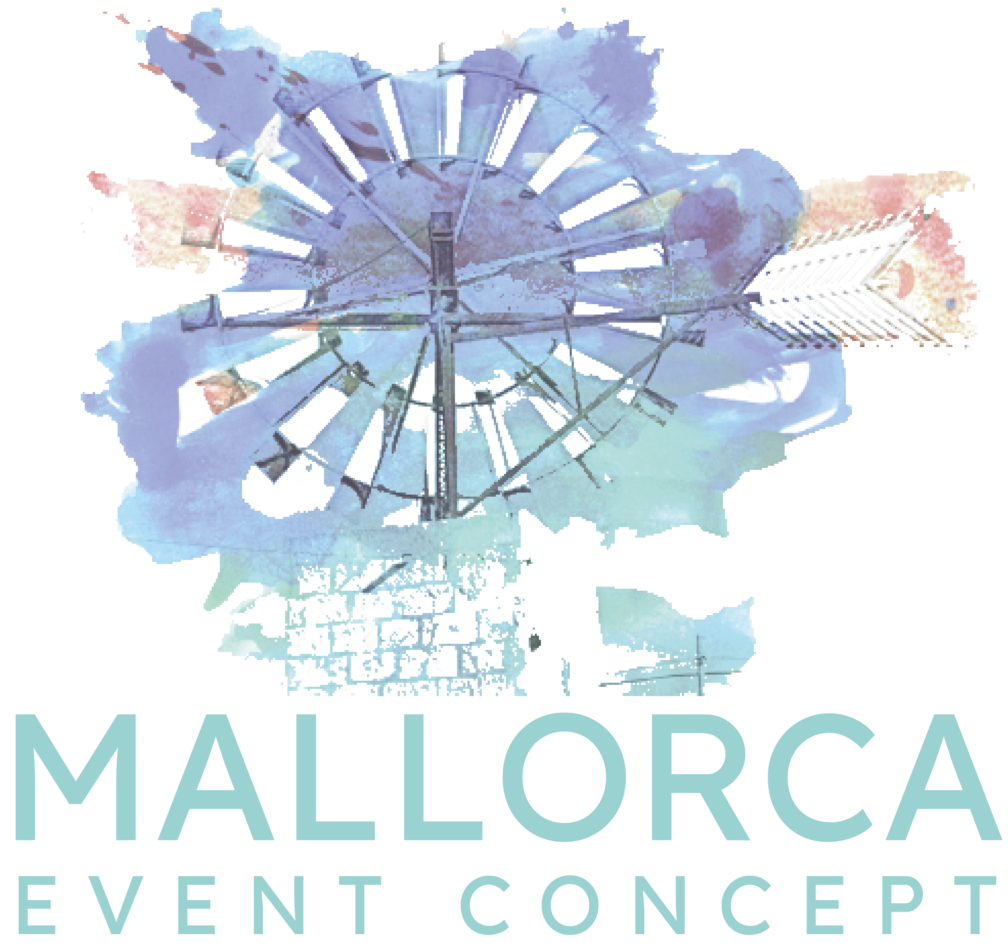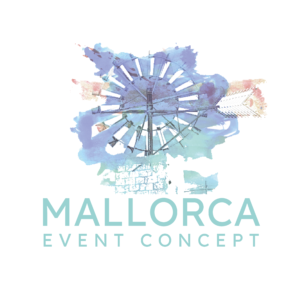Palma, a city of 400,000 inhabitants, is the seat of government in the Balearics, and the administrative and economic centre of Mallorca. Visit Palma and discover the city’s many highlights: the La Seu Cathedral, San Francesc Monastery, Almudaina Palace, Arab baths, Sa Lontja exchange, Miró Museum, Pueblo Español, and Bellver Castle.
Each district boasts its charm, so make sure you see them all! The districts of Sa Portella and Sa Calatrava are Palma’s oldest. You’ll find them in an area behind the cathedral previously known as the Jewish El Call quarter. You’ll also discover the city’s most important monuments and the Museu de Mallorca here. Start at the cathedral and get lost in the area’s windy lanes, soaking up its medieval feel.
Palma’s bustling nightlife is centred around the old port district of Puig de Sant Per. You’ll find many traditional bars and hip eateries in Sa Lotja’s meandering streets. And if you only have time to visit one cocktail bar, then Abaco is it. We can promise you that its interior is unlike anything you’ve ever seen before.
Sa Gerreria, between shopping streets Sindicat and Avingudas, used to be Palma’s artisans’ quarter. Many restaurants, bars, and shops have popped up in the neighbourhood and it has developed into a must-visit quarter. Best of all? It is yet to be discovered by tourists!
What is now Palma’s trendiest area, Santa Catalina, used to be the city’s fishermen’s quarter. You’ll find Santa Catalina, and its small restaurants, bars, and pubs, west of Palma’s old town. Locals and visitors come here at all times of the day to enjoy a meal, browse independent shops, and, of course, visit the food market and its many stalls.
Wander around Jaume II, Jaume III, the Passeo Borne, and Sant Miguel to discover the city’s high-end shopping centre El Corte Ingles, big-name fashion boutiques, jewellery shops, and delicatessens. There are also many interesting galleries here. They showcase a wide range of styles and mediums and are a must-visit for art lovers.
Mercat de l’Olivar is the city’s largest food market. Not only do locals do their shopping at l’Olivar, but it’s also where discerning restaurateurs buy their fresh produce. Stop to browse the market’s stalls or grab a seat and enjoy portions of fresh tapas, sushi, or fish at the various food stands.
Almost everything in the capital is within walking distance, so you don’t have to worry about the intricacies of public transport. If you’d like to give your feet a rest, you can also see Palma’s attractions by bus. Buy a ticket for the open-top double-decker bus and get on and off as often as you like. The bus makes 16 stops at the city’s most popular attractions and tickets are available with a validity of one or two days.
Insider’s tip: Enjoy a themed tour organised by the tourist board with historians as tour guides.
You can choose between 15 guided city tours and all give you a unique insight into the city and its history. Topics include stories and legends, modernism, and Palma’s courtyards – there is even a bike tour. There are also seasonal tours. Think, for example, a tour before Christmas that includes beautiful nativity scenes. The tours usually start in front of the town hall in Plaza Cort and are in Catalan, Spanish, English, or German. The guided tours take approx. 2-3 hours and you can book them via www.illesbaleares.es.



